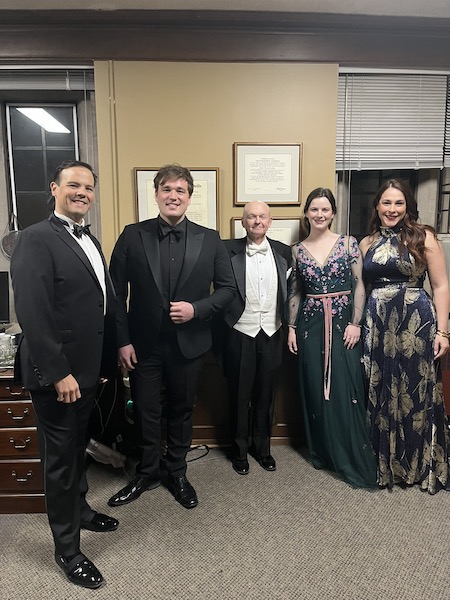Paulin Issues Statement on the Anniversary of Roe vs. Wade
- Details
- Written by Joanne Wallenstein
- Category: Neighborhood News
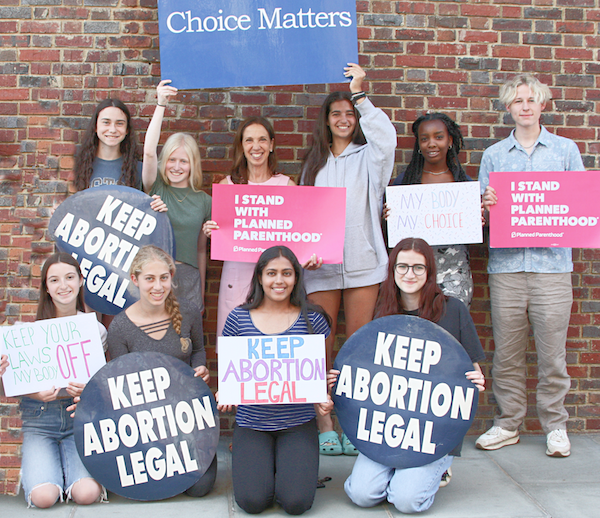 (Published on January 22, 2025)
(Published on January 22, 2025)
Today is the anniversary of the Supreme Court ruling on Roe v. Wade, which gave women a federal Constitutional right to an abortion. January 22nd now stands as a day of both celebration and loss.
In June 2022, the U.S. Supreme Court overturned Roe. This gave states total leeway to restrict abortion or prohibit it all together. Many states have followed suit, and currently abortion is banned in almost all circumstances in twelve states. It is limited to the first six weeks in four more.
Even where bans are not in place, we are seeing areas in states becoming abortion deserts, where care is simply unavailable. Women living in abortion deserts, or where abortion is illegal, are being forced to travel to receive care, which is resulting in many women simply being unable to access abortion for financial and logistical reasons.
There are also movements to restrict access to birth control, and to hold women and doctors liable for abortions received and performed in states where it is legal. In New York we are fighting this with new laws and bills that protect abortion providers.
I am proud that abortion is legal in New York State, and has been since 1970. In fact, thanks to New York voters, the right to an abortion has been enshrined in the New York State constitution. In New York we believe that a woman should have control over her body and the right to choose what happens to it.
Throughout my career, I have been committed to defending a woman’s right to full reproductive care, and I will continue working to defend that right.
SBNC Seeks Candidates for Scarsdale School Board
- Details
- Written by Joanne Wallenstein
- Category: Neighborhood News
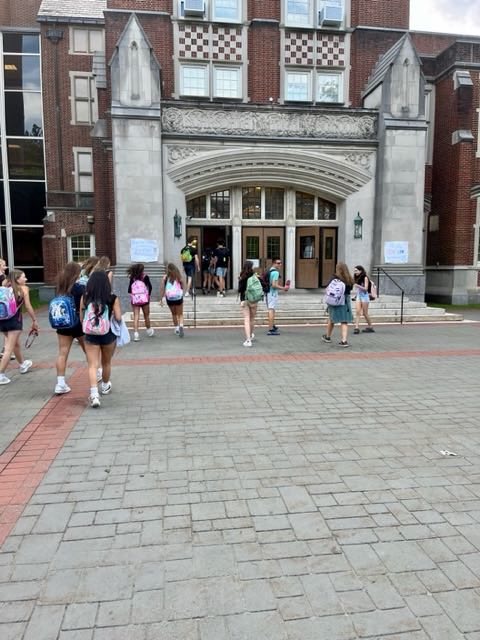 The SBNC is actively seeking candidates for nomination to the Scarsdale School Board. Three members of the Board of Education are completing three-year terms.
The SBNC is actively seeking candidates for nomination to the Scarsdale School Board. Three members of the Board of Education are completing three-year terms.
Upon reconvening for the 2025 term, the School Board Nominating Committee (SBNC) is seeking to identify potential candidates to serve on the Scarsdale Board of Education. Following the first meeting to be held on January 12th, SBNC is now actively conducting outreach to build a robust candidate pool for the nonpartisan slate in the next school board election. The school board election and budget vote are slated for Tuesday, May 20, 2025. Candidate applications must be submitted by 7pm on Friday February 7, 2025.
The SBNC invites all Scarsdale School District residents to consider themselves or others when proposing names of qualified individuals to serve on the Scarsdale Board of Education by email to [email protected].
A candidate must be at least 18 years old, a U.S. citizen, a qualified voter, and a resident of the Scarsdale School District for at least one year prior to the May 20th, 2025 school board election date.
General information about this volunteer position is currently available on the SBNC website at scarsdalesbnc.org including the updated application form for 2025 candidates or please contact the SBNC Chair([email protected]) for further information. Interested in applying? Please access the application here.
Convenience Store to Open at Hartsdale Train Station
- Details
- Written by Joanne Wallenstein
- Category: Neighborhood News
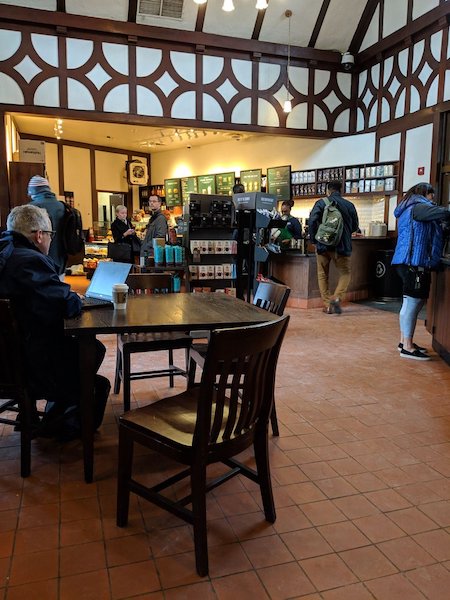 Starbucks formerly held the concession at the Hartsdale Train Station.The first blast of frigid weather last week in Westchester was a sad reminder that the station house in Hartsdale is still not open. Even though there is a heated overpass, this leaves most commuters outside on a freezing platform awaiting the train.
Starbucks formerly held the concession at the Hartsdale Train Station.The first blast of frigid weather last week in Westchester was a sad reminder that the station house in Hartsdale is still not open. Even though there is a heated overpass, this leaves most commuters outside on a freezing platform awaiting the train.
Why is it taking so many years for Metro North to find a new tenant for the station house? Starbucks vacated the property during the COVID crisis and the building has now been shuttered and empty since 2021. Train riders no longer can use the bathrooms, stay warm or enjoy a cup of coffee. In better times locals congregated at tables inside and outside the station and the venue was a place to meet. Since that time Enrico's bakery in Hartsdale has also closed, taking away their sidewalk cafe too.
We contacted Ray Raimundi from the MTA Press Office who had some news. He reports that the MTA signed a lease with Airport Mart, Inc for a food, beverage and convenience store. He has no further details about what will be inside and when it will open.
We assume the business will be similar to a 7-Eleven, but don’t know whether or not there will be tables and chairs for customers or if any fresh food will be offered. A Chestnut Market, which is another snack and beverage store, is also slated to open across the street at the gas station at 240 East Hartsdale Avenue.
The station house in Scarsdale has also been closed, but the Village of Scarsdale recently issued an RFP to find a food vendor to re-open the building.
We’ll continue to follow this and send you updates when available.
New Trash and Recycling Pick Up Schedule for 2025
- Details
- Written by Joanne Wallenstein
- Category: Neighborhood News
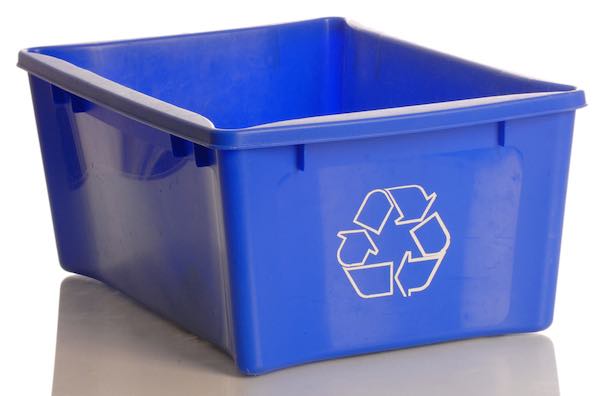 Starting January 2025, Scarsdale Village will have weekly pick up of paper and recycling. What days will this occur on your street? Take a look at the announcement from the Village below. First click on the link to find which route you're on, and then access your schedule and print it out if you like.
Starting January 2025, Scarsdale Village will have weekly pick up of paper and recycling. What days will this occur on your street? Take a look at the announcement from the Village below. First click on the link to find which route you're on, and then access your schedule and print it out if you like.
Here is the announcement and links from the Village of Scarsdale.
The Village of Scarsdale is pleased to announce a transition to weekly recycling collection beginning January 1, 2025. Under this new schedule, both paper and commingled recycling will be collected every week. This enhancement demonstrates the Village’s continued commitment to sustainability and improved service for our residents.
To implement this change effectively, the Village has established FOUR new sanitation routes. However, residents will only need to identify and follow their specific route, just as before.
What Residents Need to Know:
Find Your New Route: Discover your updated sanitation route by visiting the link:
Sanitation Collection Day Route By Street 2025.
Access Your Schedule:
Download your personalized sanitation calendar here: Sanitation Collection Schedule 2025.
There are now four routes:
Route A
Route B
Route C
Route D
Updated sanitation calendars have been mailed to all residents this week for your convenience.
We encourage everyone to review the new schedules and recycling guidelines in advance by visiting https://www.scarsdale.gov/170/Sanitation.
For additional assistance, please contact the Sanitation Department at (914) 722-1294. Thank you for your cooperation and partnership as we work together to make this transition a success.
Back-to-Back Sellouts in Scarsdale
- Details
- Written by Bill Doescher
- Category: Neighborhood News
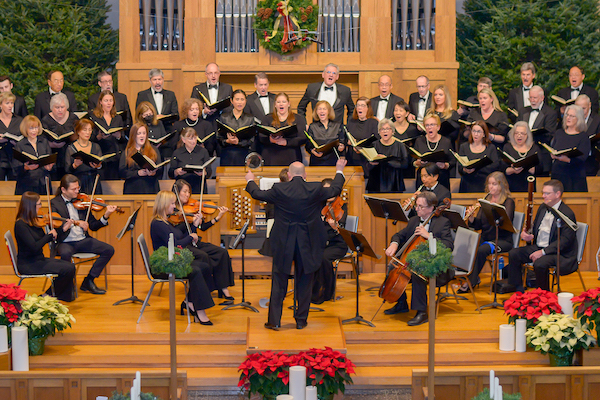 The New Choral Society performs two sold out concerts of Handel's Messiah at Hitchcock Presbyterian Church. (Photo credit: Steven Schnur)The New Choral Society (NCS) has done it again.
The New Choral Society performs two sold out concerts of Handel's Messiah at Hitchcock Presbyterian Church. (Photo credit: Steven Schnur)The New Choral Society (NCS) has done it again.
NCS, in its 58th and 59th consecutive performances of Georg Friedrich Handel’s Messiah, the always well-prepared musical organization once again registered back-to-back sellouts on Friday evening, Dec. 6, and Sunday afternoon on Sunday, Dec. 8, to the delight of its enthusiastic concert-goers of all ages at both events.
The sellouts took place in the Sanctuary at the Hitchcock Presbyterian Church on Greenacres Avenue in Scarsdale.
In his 31st consecutive year at the helm, Maestro Dr. John T. King, artistic director and conductor who founded NCS in 1994, was as usual his energetic self while directing the 48 choral singers and 14 orchestra members who kept their eyes continuously glued and clearly focused on their leader during the performances.
Many of the singers had continuous smiles on their faces for the entire 75-minute performances of the Messiah. They absolutely seemed to be enjoying themselves while performing as the two audiences did the viewing and listening.
One of those steady smiles came from Soprano Liv Redpath, who was the last soloist of four to stand-up and perform. It was Redpath’s debut with NCS, and it was most noticeable that she was thoroughly enjoying her own “very professional” performance as well as the singing of all the other performers and the other soloists.
Redpath, a graduate of Harvard University and The Juilliard School, according to the concert’s program, “has been hailed as possessing such a radiant voice, effortless even in the highest register with breathtaking coloratura, the likes of which have not been heard for a long time.”
The other three Messiah soloists also had their moments of greatness. They included Anne Marie Stanley, Mezzo-Soprano; David Portillo, Tenor, and Sean Michael Plumb, Baritone. Portillo and Plumb appeared by courtesy of the Metropolitan Opera.
Always willing to experiment for a better and clearer sound for his educated audiences, Dr. King for these 2024 Messiah concerts reconfigured the NCS singers in the line-up with the basses and sopranos closely melded together and the same for the tenors and altos. Members of the orchestra were entirely at their familiar posts.
It was indeed another success story for NCS.
